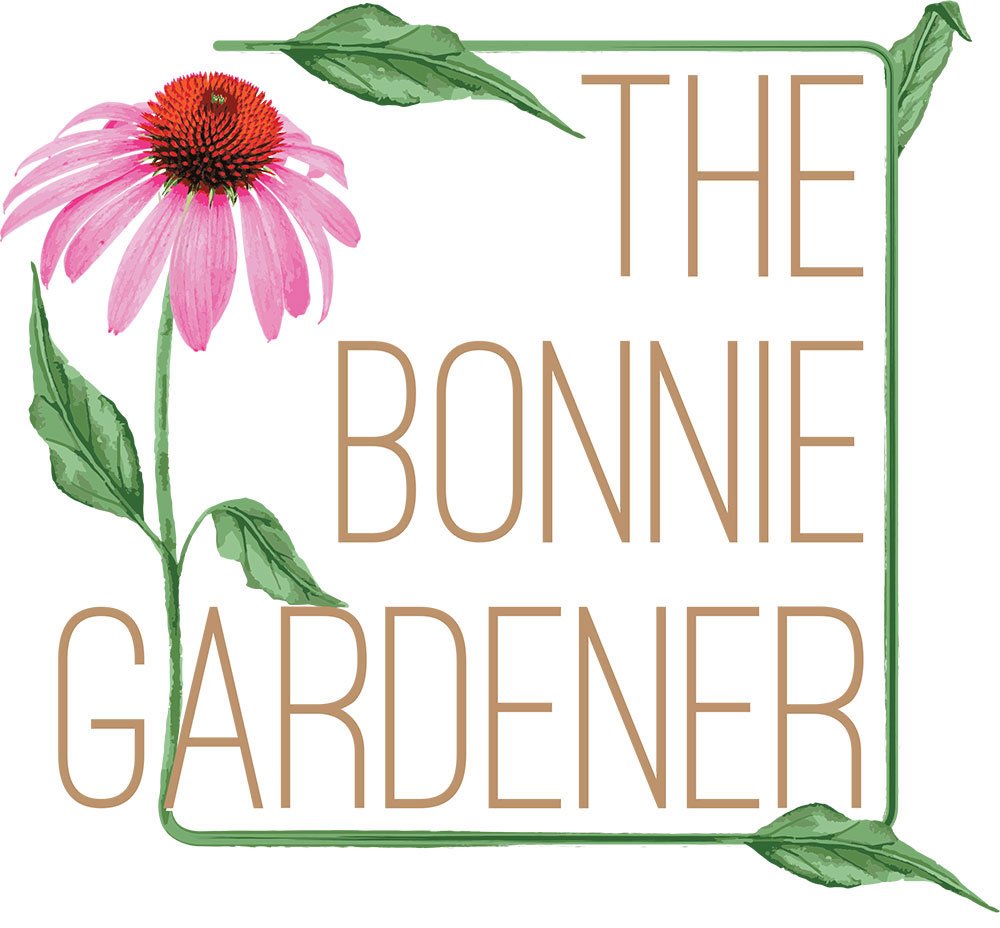A gardener’s guide to soil: healthy plants start here
When it comes to gardening, soil is the foundation for everything. Yet it’s often overlooked and even downgraded, being referred to as ‘muck’ or ‘dirt’, in favour of the more glamorous side of gardening, such as flowers, foliage and design. The truth however, is simple: healthy soil = healthy plants.
It can take up to 400 years for just 1cm of topsoil to form. That means the earth beneath our feet is one of the most precious resources in the garden. The more we understand it, the better equipped we are to choose plants that thrive in the conditions we have.
What is soil?
Soil isn’t ‘dirt’ - it’s an incredible ecosystem made up of broken-down rock, organic matter such as old leaves and animal material, air and water. Within a single teaspoon of soil, there are more organisms than there are people on earth - from bacteria and mycorrhizal fungi, to worms, insects and beetles.
When we look after our soil, we are looking after and helping to sustain an entire ecosystem.
How to recognise your soil type
The soil in Scottish gardens can sit anywhere between heavy clay and sandy. Often gardens nearer the sea are more on the sandy side, and those in land are more on the heavy side, but it’s worth testing your own. Simply take a handful of moist soil and squeeze it in the palm of your hand - if it forms a ball that doesn’t crumble, it’s more on the clay side. If it won’t hold together at all, it’s more sandy.
Clay soil - heavy, sticky when wet, can often form cracks in summer, holds water and nutrients but drains poorly
Sandy soil - gritty to the touch, drains quickly, warms up fast in spring, often low in nutrients
Silt soil - smooth and silky, fertile and moisture-retentive, but easily compacted
Loam - the ‘gold standard’ of soil - crumbly, holds moisture but drains well, rich in organic matter
Peat soil - very dark, high in organic matter and moisture-retentive
Chalky soil - pale, stony and free-draining
Soil pH and plant preferences
Soil pH affects which nutrients are available to plants.
Acidic soils (pH below 7) - suitable for Rhododendron, Camellia, heathers, blueberry, Pieris.
Alkaline soils (pH above 7) - suitable for Lavender, Lilac, Ceonothus, Oak.
Neutral soils (around pH 6.5–7) - most plants will thrive in neutral soils, as long as the soil quality is good.
You can buy a simple soil pH test kit and test the beds in your garden- it’s a small investment that pays off in helping you pick the right plants for your garden. What I would suggest is testing different areas, as it can be quite remarkable just how much the pH can change from area to area within one garden.
Why plants fail (hint: not always nutrients)
A lot of people assume that poor growth means that their soil lacks nutrients. But according to Royal Horticultural Society research, nutrient shortages are surprisingly rare. More often, plant problems come from:
Waterlogging (roots suffocate)
Drought (roots can’t access nutrients)
Compaction (soil life struggles)
Pests and diseases
Soil improvement isn’t about feeding plants with fertilisers, it is much more focused on creating good soil structure and conditions for plants to thrive.
Improving soil health
The best thing you can do for your soil? Add organic matter. Aim to do this at least once a year by applying a 3-5cm layer of compost, leaf mould or well-rotted manure to your beds. Spent mushroom compost is another alternative, but it will create slightly alkaline conditions, so be careful not to apply it around acid loving plants like blueberries or Rhododendrons. Focus on one border or bed at a time rather than spreading thinly across the whole garden.
By adding organic matter to your soil, it will improve structure, boost drainage, lock in moisture, and help to encourage and feed the organisms that keep soil healthy.
Dig… or no-dig?
Traditionally gardeners were taught to dig organic matter into the ground using a trench system. But more and more people are embracing the no-dig method: layering organic matter on top of the soil and letting worms and bugs incorporate it instead.
Advantages include:
🌱 Protecting soil structure
🌱 Boosting worms, fungi and microbes
🌱 Suppressing weeds
🌱 Holding onto moisture
🌱 Storing carbon in the soil rather than releasing it
In Scotland, where rain can quickly compact bare ground, no-dig can be especially effective. It also saves time - and your back!
Soil care through the seasons
Autumn and winter are ideal times to improve soil. Beds are clearer, there’s organic matter to hand (fallen leaves, compost), and you can give the soil months to settle before spring planting.
In summer, focus on protecting soil with mulch to stop it drying out. In winter, avoid leaving soil bare - cover with compost, bark, or even a green manure crop if you’re working an allotment.
Final thoughts
Soil is alive, and our gardens thrive when we garden lightly - disturbing the ground as little as possible, working with the natural processes already happening under our feet.
It might not be glamorous, but looking after your soil is the single best investment you can make in your garden. Healthy soil, healthy plants 🌿
Are we connected on Instagram yet?
👉 Find me here
Nicola
The Bonnie Gardener
nicola@thebonniegardener.co.uk
